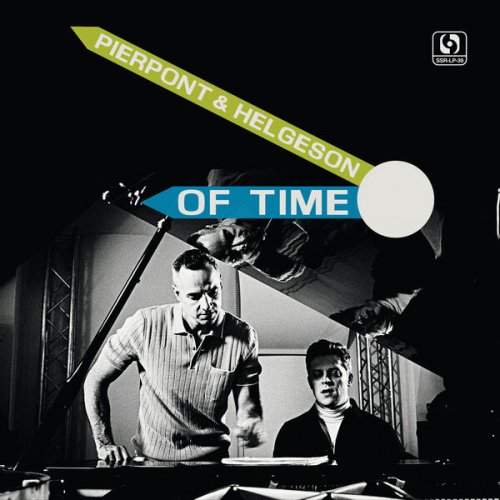Margherita Torretta - De Gambarini: Complete Works for Keyboard (2024) [Hi-Res]
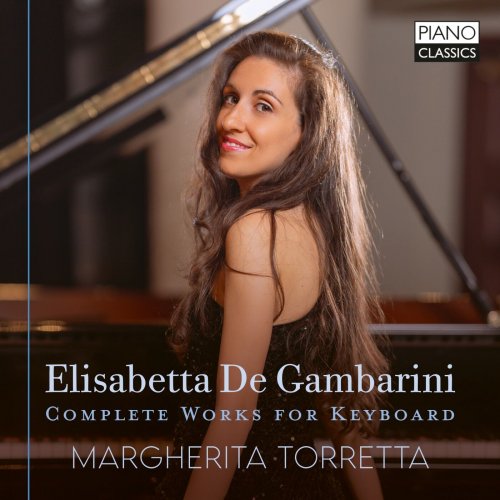
Artist: Margherita Torretta
Title: De Gambarini: Complete Works for Keyboard
Year Of Release: 2024
Label: Piano Classics
Genre: Classical Piano
Quality: flac lossless (tracks) / flac 24bits - 96.0kHz +Booklet
Total Time: 00:54:23
Total Size: 207 / 856 mb
WebSite: Album Preview
TracklistTitle: De Gambarini: Complete Works for Keyboard
Year Of Release: 2024
Label: Piano Classics
Genre: Classical Piano
Quality: flac lossless (tracks) / flac 24bits - 96.0kHz +Booklet
Total Time: 00:54:23
Total Size: 207 / 856 mb
WebSite: Album Preview
01. Tambourin (Lesson IV), Op. 2 No. 7
02. Sonata in G Major, Op. 1 No. 1: I. Allegretto
03. Sonata in G Major, Op. 1 No. 1: II. Siciliana
04. Sonata in G Major, Op. 1 No. 1: III. Giga
05. Andante in G Minor (Lesson II), Op. 2 No. 3
06. Sonata in C Major, Op. 1 No. 5: I. Vivace
07. Sonata in C Major, Op. 1 No. 5: II. Siciliana
08. Sonata in C Major, Op. 1 No. 5: III. Spiritoso Assai
09. Cariglion (Lesson V), Op. 2 No. 8
10. Sonata in G Major, Op. 1 No. 4: I. Tempo di Gavotta
11. Sonata in G Major, Op. 1 No. 4: II. March
12. Sonata in G Major, Op. 1 No. 4: III. Non troppo Presto
13. Lover Go and Calm Thy Sighs (Lesson VII), Op. 2 No. 13
14. Sonata in F Major, Op. 1 No. 1: I. Allegro Moderato
15. Sonata in F Major, Op. 1 No. 1: II. Adagio
16. Sonata in F Major, Op. 1 No. 1: III. Minuet and Variations
17. Minuet and Variations (Lesson III), Op. 2 No. 5
18. Sonata in D Minor, Op. 1 No. 6: I. Allegro
19. Sonata in D Minor, Op. 1 No. 6: II. Minuetto
20. Sonata in D Minor, Op. 1 No. 6: III. Allegro Grazioso
21. Lesson in G Major (Lesson VI), Op. 2 No. 11
22. Sonata in D Major, Op. 2 No. 2: I. Grazioso
23. Sonata in D Major, Op. 2 No. 2: II. Allegro Moderato
24. Allegro moderato in B-Flat Major (Lesson I), Op. 2 No. 2
25. Giga in D Major (Lesson VIII), Op. 2 No. 14
A first-time piano recording for the surviving music by a neglected female composer of 18th-century London.
Despite her Italian name, Elisabetta de Gambarini (1731-1765) was born and lived in London, as the daughter of a well-connected Italian couple: her father a diplomat, her mother a singer. Elisabetta evidently inherited her mother’s musicianship, and made a name as a pianist, singer and later impresario and even conductor, at a time when such leadership and management roles in creative life were almost exclusively taken by men.
Her two printed collections of music were published in 1748, and therefore count as the work of a prodigiously talented teenager.
Opus 1 is a set of six sonatas, Opus 2 a collection of dances and independent pieces. In both cases, Elisabetta seems to have composed them with a pedagogical purpose in mind, or at least the profitable publishing industry for teaching pieces, catering to the affluent market of amateur musicians.
Gambarini must have been familiar with the sonatas of Domenico Scarlatti, but her music sings with a voice of its own. Her modulations add novelty, colour and pleasing texture; they are never arbitrary, fussy or predictably chromatic as in Paradisi’s sonatas. She avoids repetitive sequences and brings more harmonic precision and economy to her sonatas than Pescetti or Geminiani did in theirs.
Gambarini’s music has attracted little attention on record beyond a collection played on the harpsichord, now 30 years old.
Margherita Torretta makes a persuasive case for it on the modern piano (a Steinway D in this case). In her booklet essay, she remarks that: ‘When performed on a modern piano, distinctive stylistic elements characterizing Gambarini’s music may be illuminated by the piano’s dynamic and tonal ranges and contrasts, offering its own nuanced balance between melody and accompaniment.’
Margherita Torretta has made well-received recordings of music from Gambarini’s time, including sonatas by Scarlatti and Galuppi, and she demonstrates her idiomatic feeling for this repertoire in performances recorded in 2024 under studio conditions at the conservatoire in Piacenza where she began her piano studies.
- Elisabetta de Gambarini (1730-1765) was an accomplished composer, singer and harpsichordist during the 18th century. A notable figure in the London music scene, she made significant contributions to the keyboard repertoire of her time. De Gambarini’s works are characterized by their blend of Italian lyricism and the intricate counterpoint of the Baroque era, reflecting her dual talents as a performer and a composer.
- Her most famous collection, “Lessons for the Harpsichord,” showcases a variety of styles, from expressive adagios to lively allegros. These pieces not only highlight her technical skill but also her ability to infuse emotion and character into her compositions. The “Lessons” are praised for their pedagogical value, offering insights into Baroque performance practice and ornamentation.
- As a female composer in a male-dominated field, Gambarini’s keyboard works present an important testament to her artistic prowess and resilience.
- Margherita Torretta studied with Aquile Delle-Vigne Fabbri, and at Lake Como Academy with William Grant Naboré, Dmitri Bashkirov and FouTs’Ong. The release of her CD with Scarlatti Sonatas received enthusiastic reviews in the international press, Classicstoday.com gave it a 10/10: “what a fun album Margherita Torretta has produced! There’s a sense of absolute abandon that jumps at you from the speakers, but it’s not the thunder and bombast that make it so impressive. Rather it’s the sense of happy, unbridled enthusiasm, leaving refinement well behind in favor of frolicking”.
![Zbigniew Namyslowski Modern Jazz Quartet - Lola (Remastered 2025) (2025) [Hi-Res] Zbigniew Namyslowski Modern Jazz Quartet - Lola (Remastered 2025) (2025) [Hi-Res]](https://www.dibpic.com/uploads/posts/2025-12/1765509687_cover.jpg)

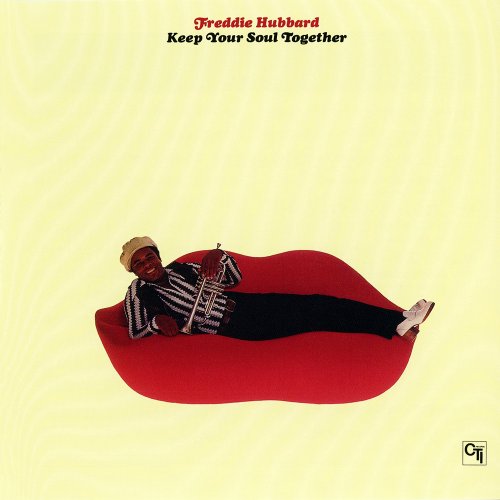

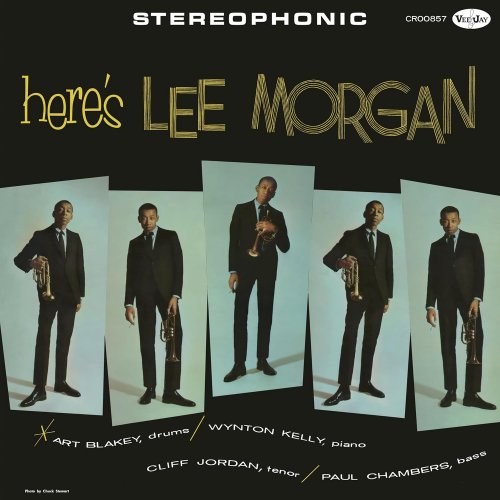
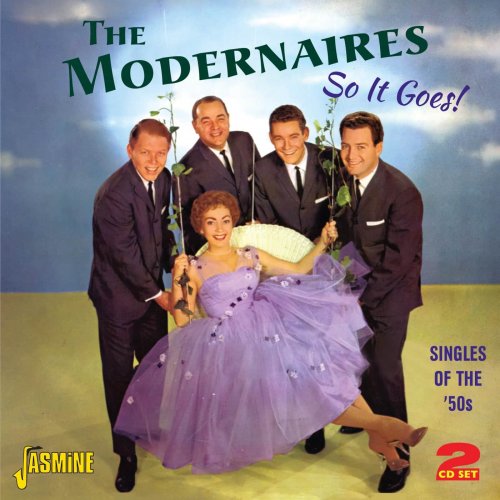
![Coco Chatru Quartet - Lost Christmas (2025) [Hi-Res] Coco Chatru Quartet - Lost Christmas (2025) [Hi-Res]](https://www.dibpic.com/uploads/posts/2025-12/1765719561_coco-chatru-quartet-lost-christmas-2025.jpg)

